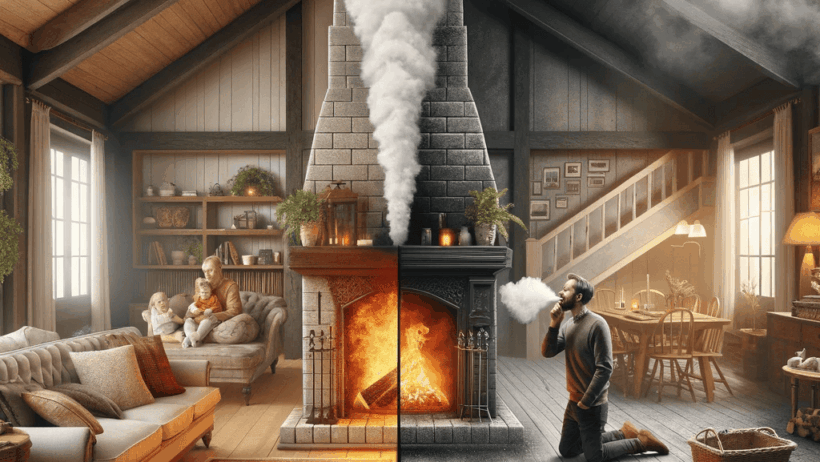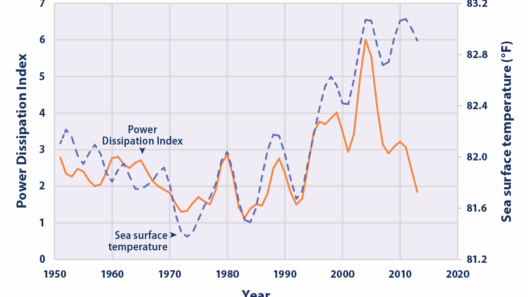As the winter chill descends upon us, the allure of a crackling fire beckons—from the flickering flames to the inviting warmth, wood-burning fireplaces embody a rustic charm that many find irresistible. However, beneath this cozy veneer lies an intricate web of ecological and atmospheric implications, prompting critical examination of whether such indulgences contribute to the ever-looming specter of global warming. Is it possible that our desire for the ambient embrace of fire may carry unintended, costly consequences for our planet?
The practice of burning wood has been a hallmark of human habitation for millennia, offering both warmth and culinary delights. Yet today, in an era rife with climate consciousness, embracing this ancient practice necessitates a nuanced understanding of its environmental ramifications. When firewood combusts, it releases a cocktail of greenhouse gases—primarily carbon dioxide (CO2), a key player in the anthropogenic climate change narrative. Interestingly, while trees absorb CO2 during their lifetimes, this balance may be disrupted when wood is harvested unsustainably. The cycle of regrowth does not always keep pace with the speed of consumption, rendering this age-old practice a paradox.
As we flick on a match, we unwittingly unleash carbon deposited in the wood back into the atmosphere. This return to the atmosphere contributes to an increase in the Earth’s temperature, akin to a beautifully woven tapestry suddenly unraveling at the seams. The Intergovernmental Panel on Climate Change (IPCC) has issued warnings that continued reliance on fossil fuels, coupled with practices that release carbon, will exacerbate existing planetary crises. Deforestation and overharvesting grow into a problem: each tree felled is a piece of the puzzle taken from our climate’s balance.
Moreover, burning firewood generates particulate matter and volatile organic compounds (VOCs), which have detrimental effects on air quality. The soothing aroma of burning wood can, in fact, mask a more sinister reality. Respiratory issues, from asthma to chronic obstructive pulmonary disease (COPD), can result from indoor and outdoor pollution created by smoke. In urban settings, these emissions can create a dangerous haze, reminiscent of fog shrouding a bustling metropolis, cloaking the skies while contributing directly to public health crises.
Pursuing an eco-friendly approach doesn’t necessitate abandoning the fireplace entirely. Strategies exist to mitigate the impact of wood burning without relinquishing the comforting warmth it provides. Prioritizing sustainably sourced wood can significantly lessen carbon footprints. Firewood sourced from managed forests ensures that trees are allowed to regenerate and contribute to future carbon absorption. However, the challenge lies in discerning which suppliers observe these sustainable practices. The Forest Stewardship Council (FSC) certification can serve as a beacon for conscientious consumers.
Additionally, incorporating seasoned wood into the fireplace regimen can further reduce emissions. Seasoned wood, with its moisture content significantly diminished, burns more efficiently and signs less of a smoky pollution than its freshly cut counterpart. Herein lies an important metaphor: in an age of instant gratification, patience—allowing wood to dry and decay properly—takes center stage as a strategy to ensure a cleaner burn.
Aside from traditional wood-burning methods, alternative heating technologies have emerged, harnessing advancements in both science and art. Pellet stoves, for example, utilize compressed wood pellets, often produced from byproducts of wood processing. These units generally operate more efficiently, emitting fewer pollutants. Investing in such technologies creates ripples of change, echoing in efforts to address the climate crisis.
The impact of burning wood in fireplaces extends beyond individual choices; it permeates through community and legislation. Communities grappling with air quality can institute regulations on wood-burning during certain times or seasons, promoting cleaner air for all and mitigating the collective impact. Engaging in local environmental advocacy becomes essential, as individuals collaborate to educate others on the realities of outdoor burning and its health effects. The collective journey toward sustainability requires communal effort, serving as both an impetus for change and a support system for those making informed decisions.
To further ameliorate the environmental footprint left behind by fireplaces, the integration of innovative designs offering improved energy efficiency presents a fascinating avenue. The introduction of modern inserts converts traditional fireplaces into high-efficiency heating systems, minimizing emissions and maximizing warmth. Reimagining the fireplace as more than a decorative element positions it as a cornerstone of sustainable living—a sanctuary of warmth that harmonizes with ecological consciousness.
In conclusion, while the coziness of a wood-burning fireplace fills many hearts with warmth during the frigid months, we must acknowledge the potential costs associated with this comfort. The intricate dance between delight and duty unfolds, revealing layers of complexity to our tendency to seek warmth from burning wood. A comfortable hearth is indeed desirable, yet this pursuit must be undertaken with awareness, guided by ecological wisdom as well as ardent care for our planet’s future.
Ultimately, opting for sustainable practices not only nourishes the environment but also enriches our experience, marrying the aesthetic allure of flickering flames with a commitment to preserve our world for generations to come. As we contemplate the sacred act of gathering around the fire, let us do so with a resolute understanding of our actions, kindling not only warmth but also collective responsibility for our climate.








